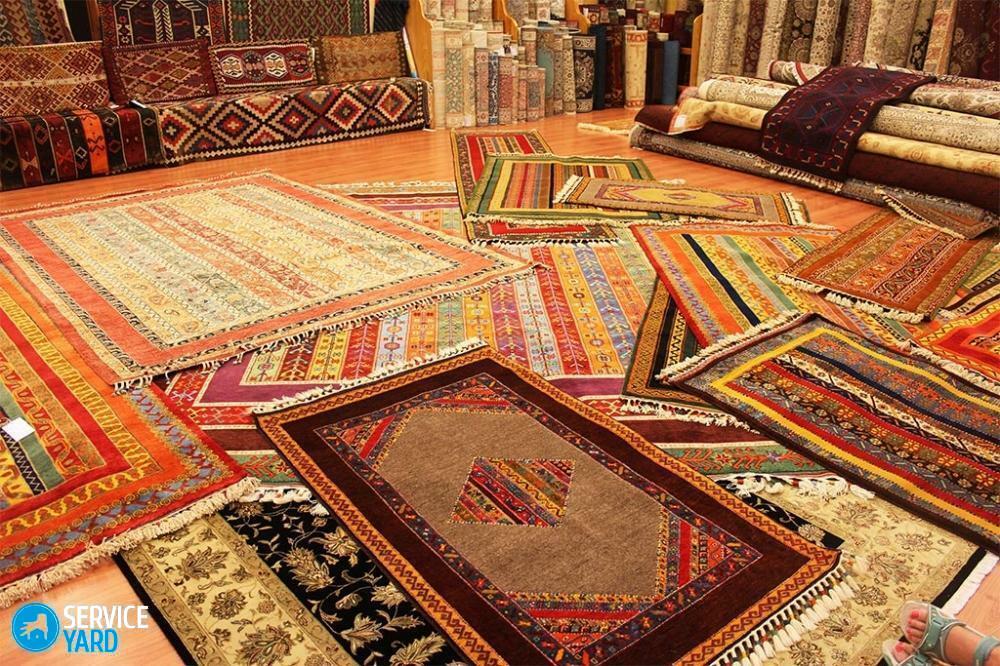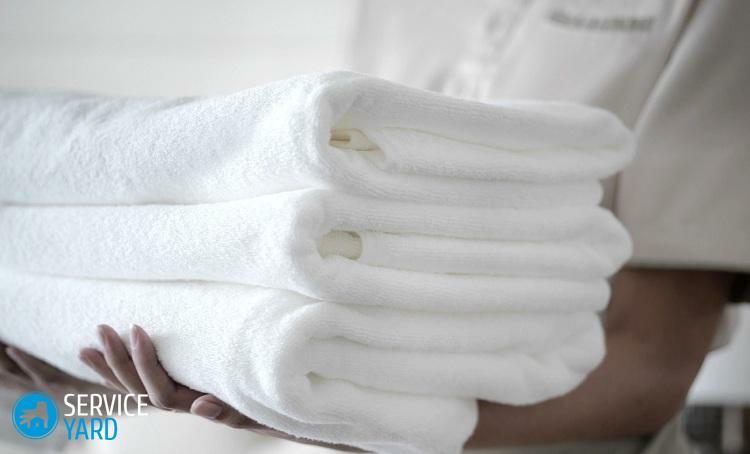Use lugs to connect the power supply connections and are robust and durable for wires crimp. They help to use all cores, retain their shape and to protect from moisture and air bare metal. At their selection must take into account many factors: the wire diameter, the material from which the cores are produced, especially the connection or connections. Attention should be paid and method for molding - the procedure to be performed according to the rules and the use of special tools. About how to choose the right tips and pressurize the wire, read our review.

Read article
- 1 Tips for wire crimp: functionality
- 2 The main types of nozzles under molding
- 3 Marking: why is it useful?
- 4 Variations in design ferrules
- 5 How to choose the right tip for crimping?
- 6 Rules crimping: how to do well?
- 7 Tip pin NSHVI
- 8 How to work with NSHVI
- 8.1 Tools for crimping
- 8.2 Preparing for pressure testing
- 8.3 How to compress the wire: instruction for single and double NSHVI
- 9 Sleeves for wire crimp
- 10 Features crimping power cable
- 11 Tips for wire crimp: where to buy and how much cost
Tips for wire crimp: functionality
Using lugs - one way of attaching the core wire to the terminal block, screw terminal, electrical appliance parts and compound cable between themselves. This method is best in case of strong vibration or insufficient length of wires for welding or soldering. It is mounted on the bare end of the wires of the metal (copper, aluminum or alyumomednoy) of the sleeve or tip followed by crimp special tool.
Application tips for the wire crimp has a number of advantages:
- beam lived not falling apart and flattened;
- all wiring retain integrity;
- compound is not heated and burns;
- metal core protected from air and moisture;
- in the current transmission engaged all the wires;
- It has a large contact area of the tip.
Crimping cable is required as in the workplace by connecting power lines, and at home, as this method is much more reliable than a simple clip and easier to design than welding or soldering.
Important! Acquire connectors and terminals necessary according to the cable characteristics: diameter size and kind of the metal.

The main types of nozzles under molding
Depending on the material from which the tips are produced, isolated several types of these elements:
- copper - are used for cables of copper wires;
- tinned copper - tinning treatment provides protection against corrosion;
- aluminum - suitable for a wire made of aluminum;
- alyumomednye - allow interconnecting aluminum and copper wire.
The elements may have a different diameter for a cable connector and holes for fastening bolts, diverse size and shape of the blade. Some of them are equipped with a control window that allows you to adjust the position of veins inside the part.

Marking: why is it useful?
Each tip is applied alphanumeric code - this marking. It can provide basic information to select the correct wiring element. As follows: TML 70-10-11,5. Each character carries information:
- T - a pipe, semi-finished product for manufacturing parts;
- M - the material, in this case copper;
- L - processing method indicates that this element is made of tin-plated copper;
- 70 (the first digit of the code) - the cross section in mm;
- 10 (marking the second figure) - diameter of bolt fixing holes in mm;
- 11.5 (the third digit) - inner diameter of the liner in mm, to which a wire is inserted.
Common labeling and decoding are presented in the table.
| letter code | Picture | Decoding and description |
| TML |  | Tinned copper, versatile in use, protected from the effects of the environment |
| TA |  | Aluminum is only suitable for aluminum wire |
| THERE |  | Alyumomedny for connecting aluminum wiring with copper contacts |
| CIP |  | Isolated on a tube of aluminum with copper terminal |
| NSHVI |  | Pin bushing, isolated, most applicable in everyday life |
Production of parts for the electrical regulated by GOST, but you can find products made by this or by European standards, labeling them will have a different look.
Variations in design ferrules
Depending on the output structure connected appliance is selected form the tip. It is of several types.
| Photo | Name |
 | ring |
 | fork |
 | power |
 | Tubular or spigot |
 | with pin |
 | Power socket for quick connection of wires |
Tips can be connected to one or two wires for the second case made special items. Fixing is carried out by crimping or bolts, embedded into the liner. The first embodiment is most applicable in the home and in the workplace, for flexible cables of the plurality of conductors. The second is suitable for hard cable.
How to choose the right tip for crimping?
When buying an element necessary to take into account the following factors:
- wire material;
- cable cross-section;
- connection method.
Shank diameter must closely match the cross section of the wire without insulation. Measure the value of the cable may be a caliper, and then marking the last digit on the element to select the correct one.

For the convenience of consumers, manufacturers are making multi-colored insulation for NSHVI. Each color corresponds to a certain diameter.

Important! wire diameter may be slightly smaller shank diameter, but not more, because it just does not go down into the hole.
The tip should be made of the same material as the cable, otherwise avoid corrosion. If it is necessary to connect the aluminum wire with a copper terminal is used alyumomednye lugs or washers.

The size of the bolt hole (second marking figure) is also important because if it is less, then it will have to increase mechanically, and if more, then a big gap.
If the contact area for a small, should take into account the size and shape of the blade element. Grind it is not desirable, so it is best to select the appropriate right.
Rules crimping: how to do well?
To get the maximum effect from the use of terminals, they must be pressure test properly, and prepare thoroughly wire.
First you need to strip the wires. Ideally, it makes a special tool - stripper. If not, you can use the toolbox, but try to make the line as straight as possible, because it affects the quality of the insulation. The protective coating is removed at 5 mm larger than the length of the shank, so Kav during crimping the latter will increase in size.

To protect against corrosion and to improve the contact, the exposed wire is degreased special contact pastes.
All postings on the cut must have the same lengthIf we neglect this rule, the connection will not work quality. Some veins can break and become damaged. For the same reason you can not twist the wires for termination lugs, as in the process of crimping they will be squashed by and will not be able to perform its functions.
Important! Crimping use only special tools, improvised hammer and chisel categorically do not fit.
Molding is performed in stages. Depending upon tip length, may require 1 ÷ 2 crimping press. For sleeves - 2 ÷ 4 pcs. They are made at a distance of 1 ÷ 2 mm. The first crimp has to be at the blade, then the closer to the edge of the shank.
It is necessary to find a suitable matrix press. If it is less than you need, it produces large "ears" on the edge of the metal crimp. After they cut through holes obtained in violation of the insulation.
The tip is installed in the device in such a way that the marking is printed on the front side of the element rather than the side.

Tip pin NSHVI
NSHVI - a tip of the pin sleeve insulated. Dimensions lugs NSHVI from 0.25 to 150 mm. Made from tinned copper electrolyte. Designed for everyday use, suitable for all stranded wires.

Great demand for Russian NSHVI tips from ITC. Catalogs many online stores include products of this company.
NSHVI are available in two types - one for crimping and two wires:
- The first of this type are marked NSHVI 10-12. Where the first digit - the cross section, and the second - the length of the contact portion.
- The latter have the following code: NSHVI tip (2) -10 2.5. Figure 2 in parenthesis indicates that the element is designed to connect two section wires each 2.5 mm.
Since such sleeve lugs for cables are often used under molding nonprofessionals must first be trained on a scrap piece. After crimping they can not be removed, only cut.
How to work with NSHVI
NSHVI only suitable for stranded wires, the cables with one living they will not cling. The cross section of the liner should be slightly larger than the exposed section of the cable conductors. For example, for a wire of 1.25 mm can be purchased tip NSHVI 1.5 mm.
Tools for crimping
Selecting a tool for crimping determined by the section of the wire. The higher it is, the stronger must be the device. human efforts are not enough to create a dense and uniform clamping, even in the case of household tips.
Crimping cable lugs is performed by one of the following tools:
- Press ticks marks PC2 or PK2M - for manual use, suitable for wire cross sections up to 10 square millimeters
- hydraulic tongs - designed for termination of the cable up to 10 square millimeters
- Press ticks for crimping ferrules, brands or PC1 PK1M - similar to the first tool, but strengthened long-handled, thereby able to compress the wire up to 50 square millimeters
More powerful devices, such as manual and hydraulic press used in the production. With their help, you can pressurize the wire section up to 30 square millimeters

Preparing for pressure testing
For crimping using cable lug to prepare wire. How to do this, refer to the table below.
| Photo | Act |
 | Measure the depth of the stem, add 5 mm and make a mark on the cable |
 | Clear veins on the insulating layer, to check that the edge was smooth |
 | Degrease wire and put on his cap, wires should fit snugly inside the shank |
How to compress the wire: instruction for single and double NSHVI
Wire with the tip must be installed in the press jaws into the matrix of the appropriate size. In the process of molding you need to make sure that the wire is not moved within the sleeve. The first crimp made indented 1 ÷ 2 mm from the edge, if necessary, a second at the same distance from the first.
Crank press jaw is compressed to full contact with the surface of the component compounds and matrix, and then moves the hub and make the second molding. If the tail is long, the work continued until the color of the skirt.
Scheme double crimping ferrule is virtually identical. It is only necessary to insert at the same time the two wires into one hole of the shank.

Visual guide wire crimping tip NSHVI presented in video:
Sleeves for wire crimp
For connecting cables between themselves during wiring use wire crimping sleeves. They, as well as tips, are made from aluminum and copper and come in different sizes.
When joining aluminum cable it is recommended to apply a special paste, retarding oxidation.
molding process is carried out similarly, but will need more crimps.

Features crimping power cable
Thick cable with a diameter of 1 ÷ 2 cm pressurize household tips will not work. thick - for their special needs. They are designed for wire 2 ÷ 3 class of flexibility that is hard with a small number of conductors. Such lugs are made of aluminum and copper, have alyumomednye.
For their crimping need powerful tools: hydraulic or manual press. Operation is the same as with the thin-walled elements.

Tips for wire crimp: where to buy and how much cost
Price tip wire crimp is dependent on the material from which they are made, diameter, structure and features of the manufacturer. You can buy them in any construction center, department of electrical goods, or the online store.
The table shows the value of tips small size of ITC producer.
| Name | The size | Price per 1 pc. |
| tinned copper | 10-8 | 12 rubles. |
| copper | 10-6-5 | 15 rubles. |
| alyumomedny | 10-8-4,5 | 22 rubles. |
| aluminum | 10-8-4,5 | 7 rubles. |
| NSHVI single | 10-12 | 2 rubles. |
| NSHVI double | 10-14 | 3 rubles. |
| tinned copper sleeve | 4 | 8 rubles. |
The price of domestic press jaw averages 600 ÷ 1500 rubles.
Tips extend the life of the wires and make their operation as safe as possible, protect against sparks and ignition. Household for flexible stranded conductors are easily installed by yourself with the help of inexpensive handheld press pliers.
His experience in the use of different types of tips to share in the comments. Also, ask questions, we will be happy to answer them.



